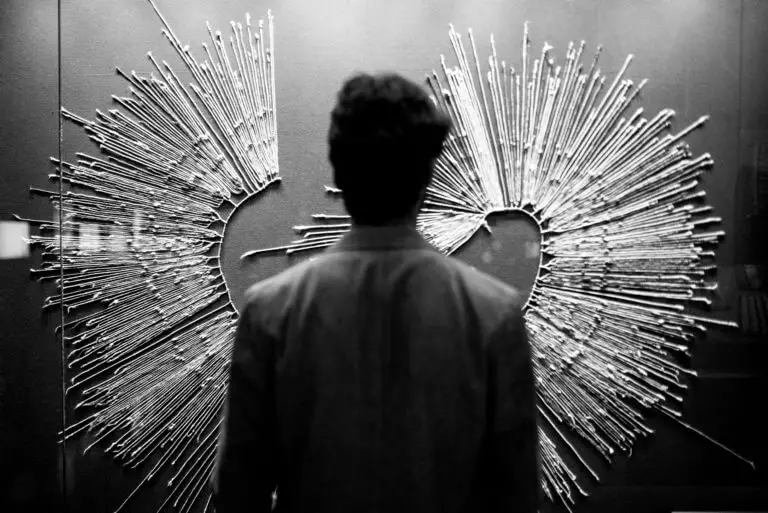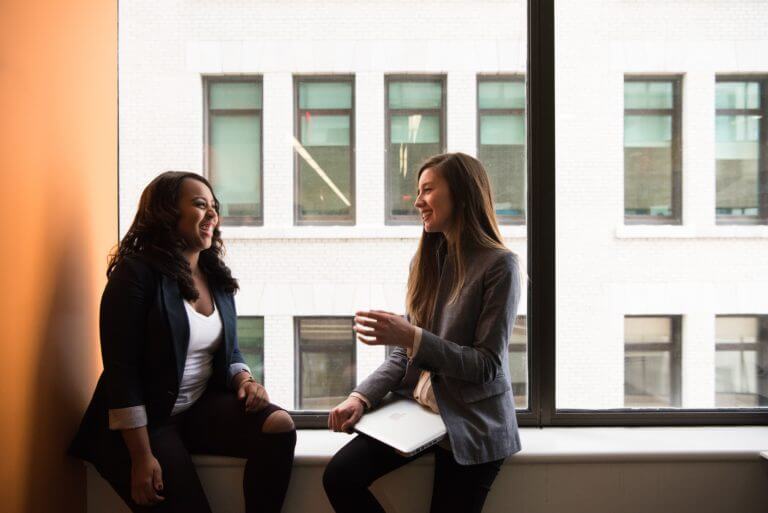Single-Tasking: Why It’s Better Than Multitasking
Multitasking is often thought to be a productive and efficient way of getting things done. But research is showing that single-tasking, or doing one thing at a time, might be better—here’s why.
How many times have you heard about the benefits of multitasking?
Employers love it. Colleagues admire it. Friends appreciate it.
And it always comes up in job interviews.
Through multitasking, you can get more done, more efficiently, and more productively.
Right?
Not necessarily.
Multitasking certainly has its benefits and may sometimes be a good approach. But multitasking isn’t all that it’s made out to be.
Single-tasking is about doing things one at a time and is an under-appreciated way of getting things done.
Now, a growing body of evidence is showing just how important single-tasking can be.
So, if you’re one of the many people who are finding multitasking to be difficult, perhaps it’s time to consider doing more single-tasking.
Our brains are not designed for multitasking
Single-tasking makes you smarter, suggests Sandra Bond Chapman, a professor at the University of Texas.
Multitasking, on the other hand, acts as a “brain drain that exhausts the mind” and leads to “early mental decline“.
This is contrary to what many people believe.
Multitasking is thought to show intelligence, efficiency, and getting more done. But not according to Chapman.
Multitaskers experience mental decline and decreased sharpness, says Chapman. They may also have higher levels of cortisol, a stress hormone that can damage memory in the brain.
And Chapman isn’t alone.
Gary Keller, in his popular book about the power of single-minded focus, identifies multitasking as one of the “six lies between you and success“.
Multitaskers were also found to consistently underperform single-taskers, according to research by Stanford University. They are too easily distracted, the research shows, and have difficulty in filtering out what’s not relevant.
Chapman explains that our brains, actually, cannot multitask—they are simply not designed for it. They cannot “parallel process” as it were.
Instead, they go from task to task, one at a time.
In order to multitask, we force our brains to switch between activities repeatedly. This causes overload and reduces efficiency. When we multitask, our thoughts remain at a superficial level and we end up making more mistakes.
Single-tasking can be challenging
Single-tasking is about focusing on one thing at a time.
This isn’t easy for most of us.
According to author and science journalist, Catherine Price, focusing for long periods of time doesn’t come naturally to our brains.
We are bombarded with distractions in our daily lives—phone calls, emails, messages, and social media amongst other things. Breaking away from this takes effort.
There also seems to be a perception that doing more things at a time is better than doing fewer things, especially in the workplace.
Have you ever felt this way at a team meeting? When the person who talks the most and lists the most tasks, even though the tasks may be trivial, gives the impression that they are the most productive team player?
This sort of perception can lead us astray.
It makes us try to do more things rather than fewer things, thinking we’ll be more productive, but not realizing that the opposite may actually be true.
It’s worth the effort
It’s worth going against perceptions to be better at single-tasking as the benefits can be substantial. In addition to making us smarter, single-tasking is more efficient and productive than multitasking and leads to better outcomes.
Cal Newport, a professor at Georgetown University, believes the ability to focus without distraction can lead to extraordinary results. He calls this ‘deep work‘.
Newport explains that deep work will make you better at what you do and provide a true sense of fulfillment. He is so convinced of the powers of deep work that he calls it a “superpower“.
Deep work is another way to understand single-tasking. By focusing on tasks and avoiding distractions, you can achieve better outcomes in a way that’s more satisfying than multitasking.
How to single-task
So, how can you spend more time single-tasking and less time multitasking?
Chapman has 3 useful tips:
- Give your brain some downtime. Take 3 to 5-minute breaks from mentally challenging tasks. Take them regularly. Relax your brain and clear your mind during these times. It’ll help to rejuvenate your brain and set you up for the next session of mental activity.
- Focus deeply, without distraction. This is the same as Newport’s deep work. Turn off your phone and email and devote your attention to the task at hand. Your accuracy, speed, and innovation will increase.
- Make a to-do list. Prioritize your activities for the day. This will help you focus on the most important tasks. You’ll feel more productive and get the most important things done.
What’s interesting about these tips is how closely they align with creativity. Clearing your mind and focusing deeply are fundamental to boosting your creativity—there are strong synergies between single-tasking and being creative.
Conclusion
Multitasking is widely thought to be a way of getting more things done, more efficiently, and effectively.
Employers also seem to think that multitasking is a benefit in the workplace.
But this is not true.
Increasing evidence is showing that single-tasking, focusing on one thing at a time, produces better results—we can be more productive, efficient, and innovative with single-tasking.
Single-tasking is also better for your health.
Multitasking can be harmful, causing cognitive overload, stress, and eventual mental decline. Our brains were simply not designed for multitasking.
We can practice single-tasking by taking regular mental breaks, engaging in deep, focused work, and prioritizing our most important tasks. The more we do this, the better we’ll feel and the better we’ll perform in our work and our daily lives.
So, is it time to do more single-tasking in your life?




